Arts Vibrancy & What It Can Do for You
A dive into the value of the arts & culture sector, funding trends, and how the arts vibrancy index can help your community.
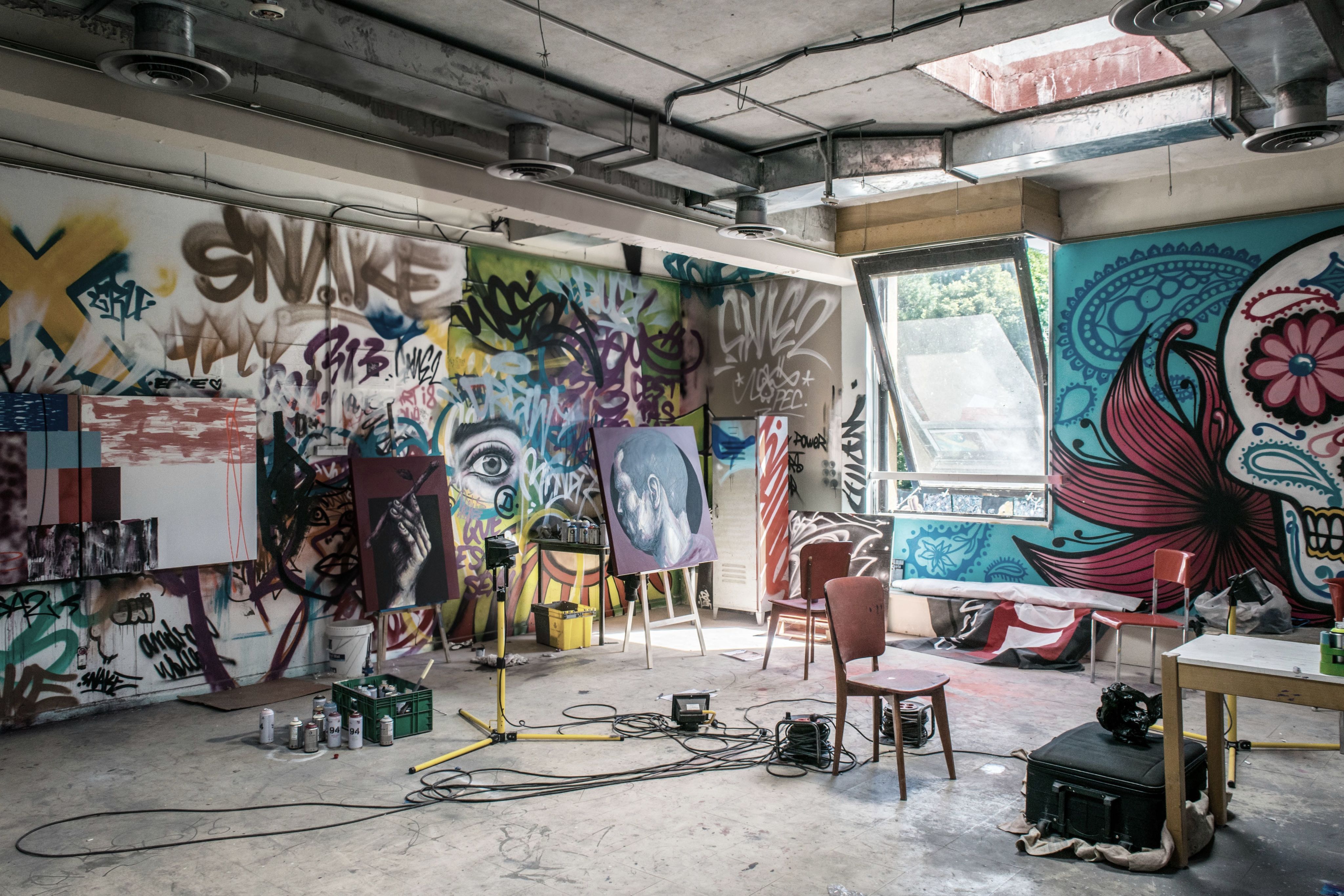
Arts vibrancy has many definitions and frameworks, but essentially it is a way for us to talk about the impact of the arts.
SMU DataArts, founded to help the arts industry leverage data, publishes an annual Arts Vibrancy Index in recognition that arts and cultural organizations are interwoven with their communities. The Index uses local data "to identify factors that affect the health and sustainability of arts organizations across the nation.
The report ranks participating communities (distinguished by counties) across the U.S. based on three measures: Arts Providers, Arts Dollars, and Government Support. The 2023 Arts Vibrancy Index press release cites more than 900 participating communities.
What do you mean by the "arts"?
Before exploring the impact of the industry, let's briefly breakdown "arts" and "culture".
What comes to your mind when I say the "arts"?
Maybe you thought of museums with white walls and expensive, abstract paintings. Maybe you thought of Michelangelo's statue of David, da Vinci's Mona Lisa, and other greats of the Western cannon. Perhaps a concert hall filled with the music of an orchestra? What about your favorite novel?
I'm including all of those when I talk about the arts.
According to Ellen Rosewall, "the arts are generally defined as a set of activities involving human creativity, divided into various disciplines such as visual arts, music, literature, and dance." You might be thinking of a socially-constructed distinction between "fine" or "high" arts, typically comprised of "classical" visual art, Shakespeare theatre, and symphonic music, in contrast to folk & traditional arts, craft arts, and mass-produced products like movies, television, and popular music. Or, maybe this is all news to you and you thought that arts just meant visual art.1
Those distinctions may have had more meaning in the past, but today these categories overlap and intersect with one another.
In their 2011 report, Beyond Attendance, the National Endowment for the Arts (NEA) expanded the scope of its research to acknowledge patterns of arts participation and to reflect how art forms are changing in response to technology, the integration of diverse cultural traditions, and waning divisions between artistic disciplines.2 The report also acknowledged that arts participation has spread beyond concert halls and museums into community halls, city streets, and bookstores. The report defines arts participation as “occurring in multiple modes, sometimes overlapping; arts attendance, personal creation and performance, and participation in the arts through electronic media.”
In support of the above trends, for the following discussion, the "arts" will be used in a relatively broad sense.
What about "culture"?
For many people, "culture" may not have an immediate association with art, so why use it here?
Things that constitute culture can include clothes, traditions, history, and food. Culture can also refer to the norms of a group passed down through generations, communicated through song, dance, literature, and visual art. All of these things inform and affect creative expression, which is where the relation to the arts comes in.3
The arts industry has increasingly used the term "arts and culture" to describe creative activity. The addition of "culture" acknowledges that the arts are essential to what makes use human, and uplifts that the diverse and different cultures that make up our community have valued traditions and creative expression to be communicated.4
I will be using the "arts" and "arts & culture" interchangeably to refer to the non-profit arts industry.
- Ellen Rosewall, Arts Management: Uniting Arts and Audiences in the 21st Century, 2nd ed., New York City, NY: Oxford University Press, 2022.
- Jennifer L. Novak-Leonard and Alan S. Brown, Beyond Attendance: A Multi-modal Understanding of Arts Participation (Washington, DC: National Endowment for the Arts, 2011), 14. https://www.arts.gov/sites/default/files/2008-SPPA-BeyondAttendance.pdf. Retrieved December 6, 2023.
- Ellen Rosewall, Arts Management: Uniting Arts and Audiences in the 21st Century, 2nd ed., New York City, NY: Oxford University Press, 2022.
- Ellen Rosewall, Arts Management: Uniting Arts and Audiences in the 21st Century, 2nd ed., New York City, NY: Oxford University Press, 2022.
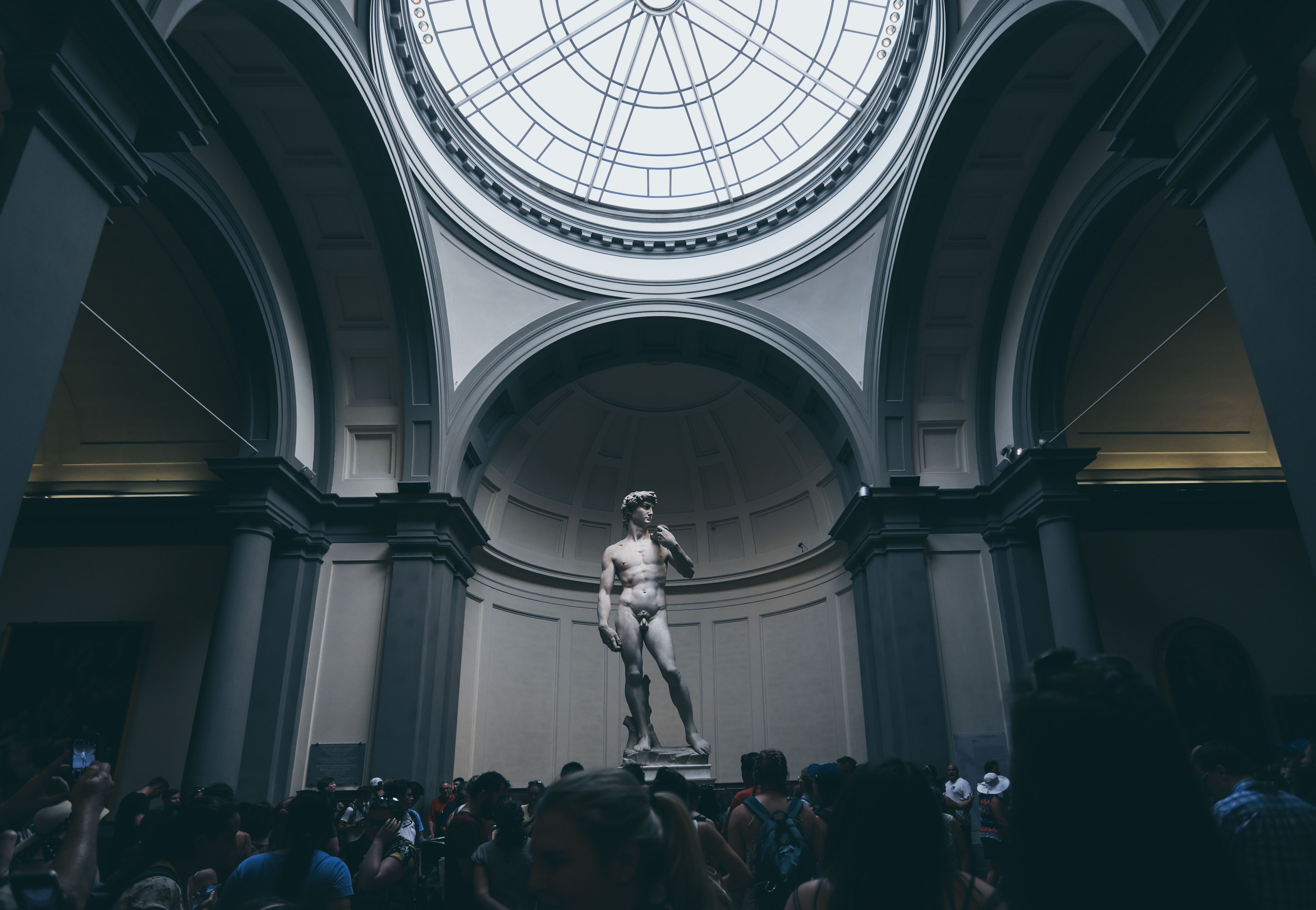
Photo by Will Pantaleo on Unsplash
Photo by Will Pantaleo on Unsplash
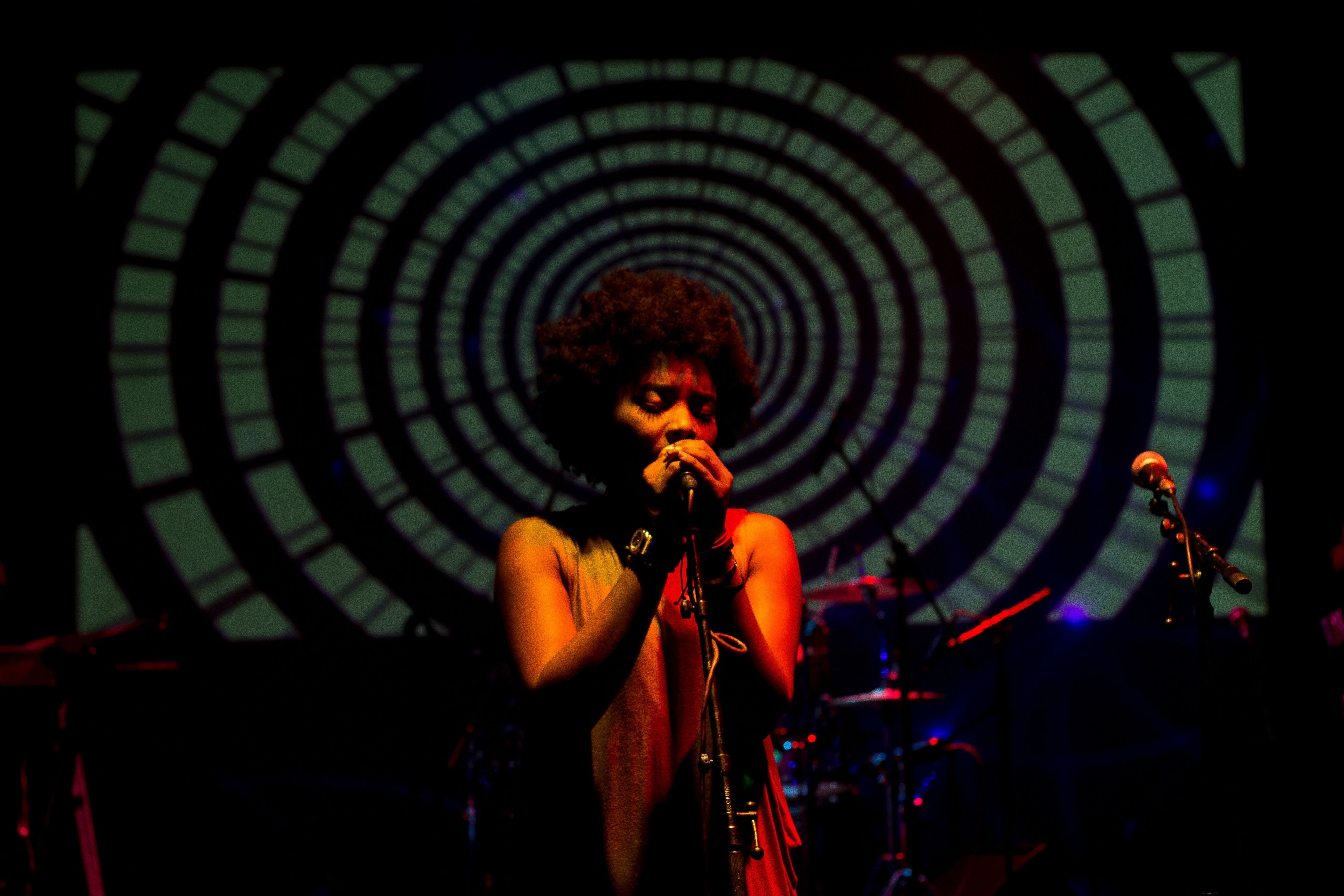
Photo by Kobe Subramaniam on Unsplash
Photo by Kobe Subramaniam on Unsplash

Photo by Breakreate on Unsplash
Photo by Breakreate on Unsplash

Photo by Dyana Wing So on Unsplash
Photo by Dyana Wing So on Unsplash
How do people feel about the arts in their community?
Recent data collected via surveys conducted as part of the Arts & Prosperity 6 study (AEP6) by Americans for the Arts (AFTA) that suggest the arts & culture provide a significant majority of people with a sense of community.1
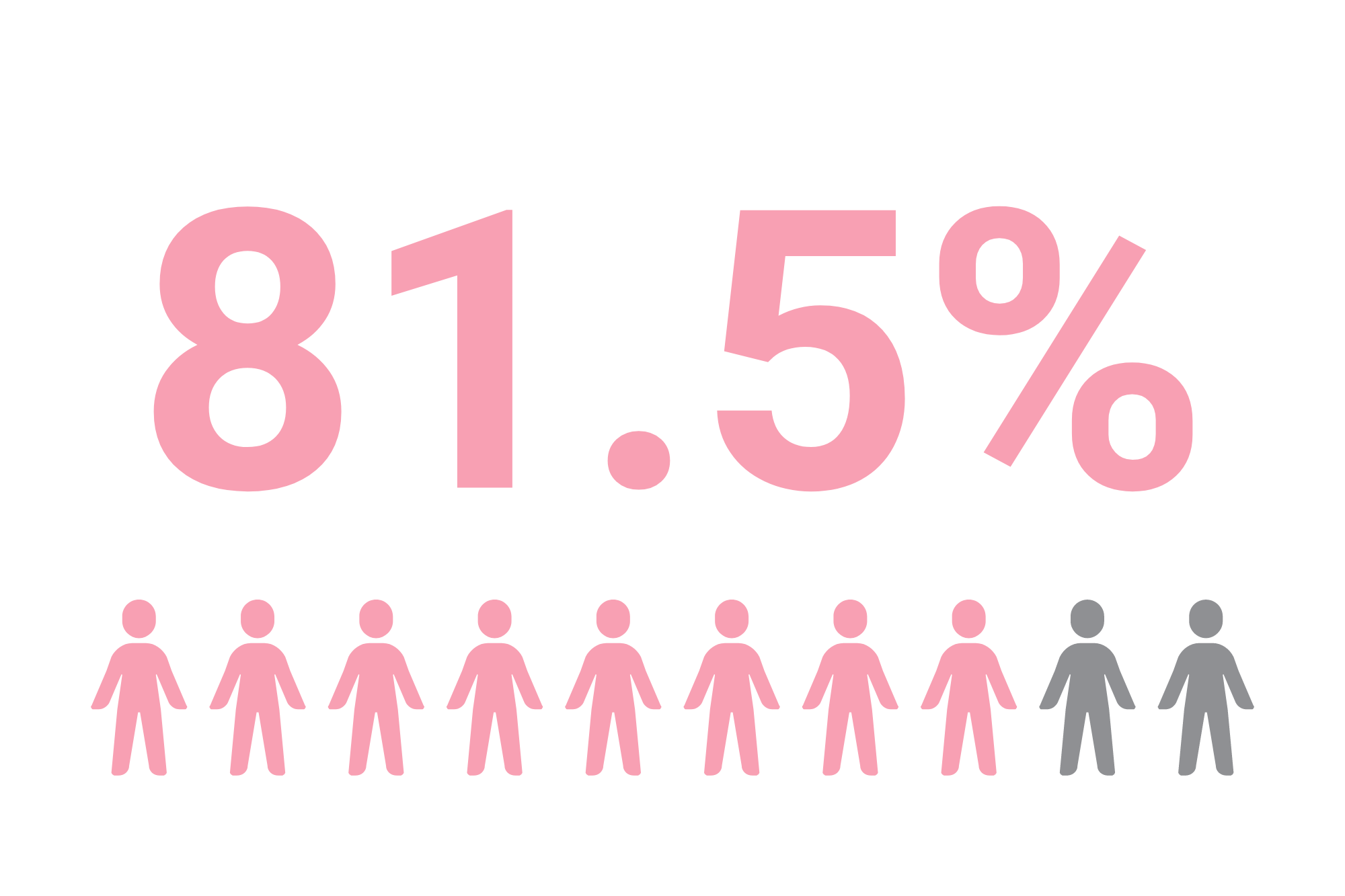
81.5% of respondents indicated that the arts venue or facility they were attending "is an important pillar for [them] within [their] community."2

86% of respondents strongly agreed or agreed they would "feel a great sense of loss if this [arts] activity or venue were no longer available."3
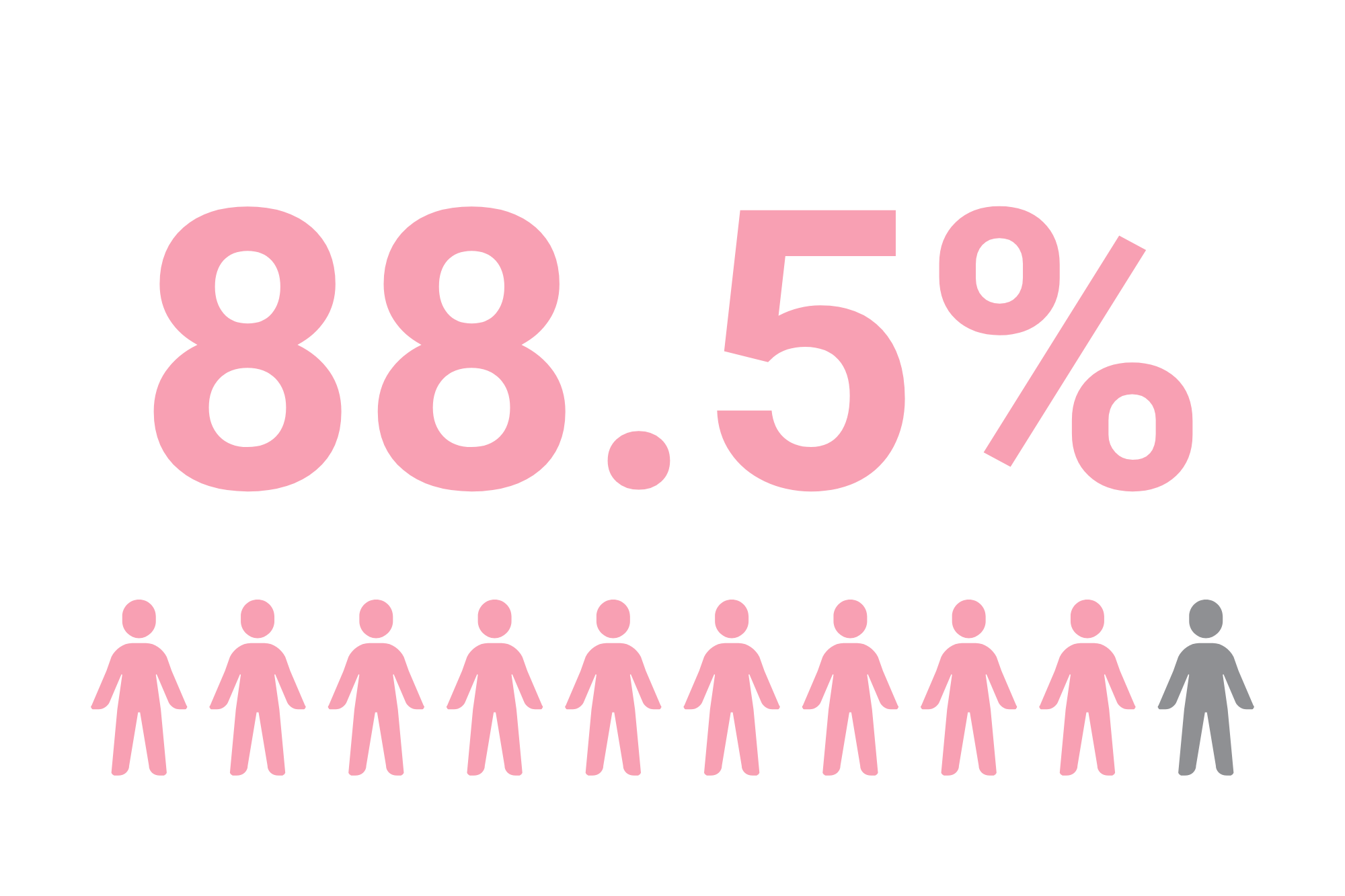
The arts activity or venue "[inspires] a sense of pride in [their] neighborhood or community." for almost 90% of respondents.4
The arts unify and strengthen communities. AFTA also has reports that show that the arts can improve wellbeing and uplift individuals. Art contributes to and often spurs creativity and innovation – one of the top skills sought by business leaders and employers. Data supports that the arts strengthen and improve mental health and positively impact healthcare. The arts can improve civic engagement and social cohesion, and can lead to students with higher GPAs and standardized test scores.5
One of the easiest ways to quantify the impact of the arts, however, is through economic impact.
- “Arts & Economic Prosperity 6,” Americans for the Arts, October 16, 2023, https://aep6.americansforthearts.org/resources/media/user/1696872054-AEP6_National_Findings_Full_Report-Proof_final-web.pdf.
- “Arts & Economic Prosperity 6,” Americans for the Arts, October 16, 2023, https://aep6.americansforthearts.org/resources/media/user/1696872054-AEP6_National_Findings_Full_Report-Proof_final-web.pdf.
- “Arts & Economic Prosperity 6,” Americans for the Arts, October 16, 2023, https://aep6.americansforthearts.org/resources/media/user/1696872054-AEP6_National_Findings_Full_Report-Proof_final-web.pdf.
- “Arts & Economic Prosperity 6,” Americans for the Arts, October 16, 2023, https://aep6.americansforthearts.org/resources/media/user/1696872054-AEP6_National_Findings_Full_Report-Proof_final-web.pdf.
- Randy Cohen, “10 Reasons to Support the Arts in 2021,” Americans for the Arts, March 15, 2021, https://www.americansforthearts.org/by-program/reports-and-data/legislation-policy/naappd/10-reasons-to-support-the-arts-in-2021.
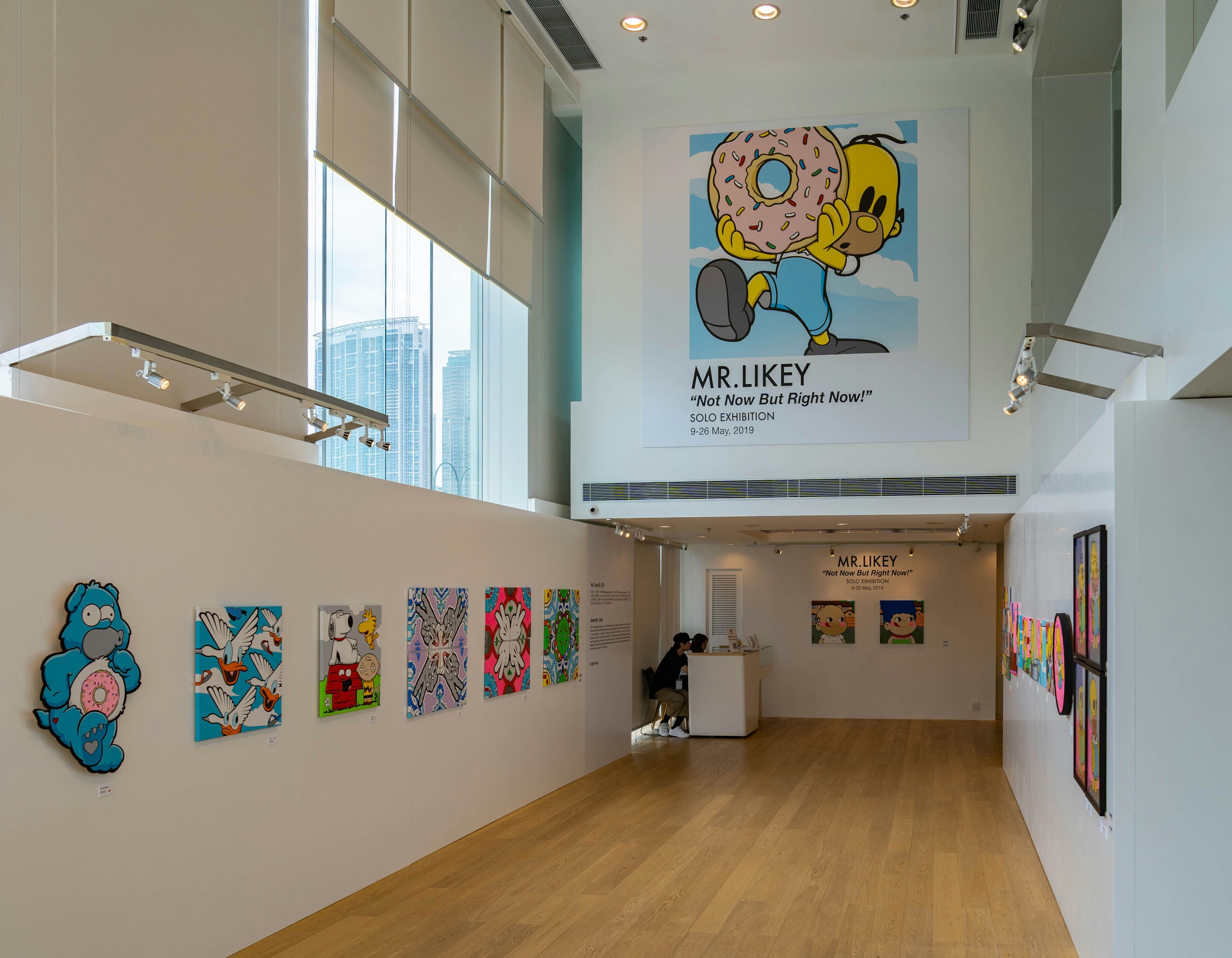
In 2022, the non-profit arts industry generated...
$151.7 billion
...in economic activity.
According to the 2023 AEP6 study, this includes $73.3 billion in spending by arts and culture organizations and and $78.4 billion in spending by their audiences related to events. The industry supported over 2.6 million jobs with $101 billion generated in personal income. The industry also generated $29.1 billion tax revenue for local, state, and federal governments.1
In addition to creating thousands of direct and indirect jobs, the arts also help bolster tourist activity, revitalize cities, and attract and retain various businesses.
Below we can compare the Arts & Culture to other sector in terms of real value added to the U.S. GDP in 2021.2
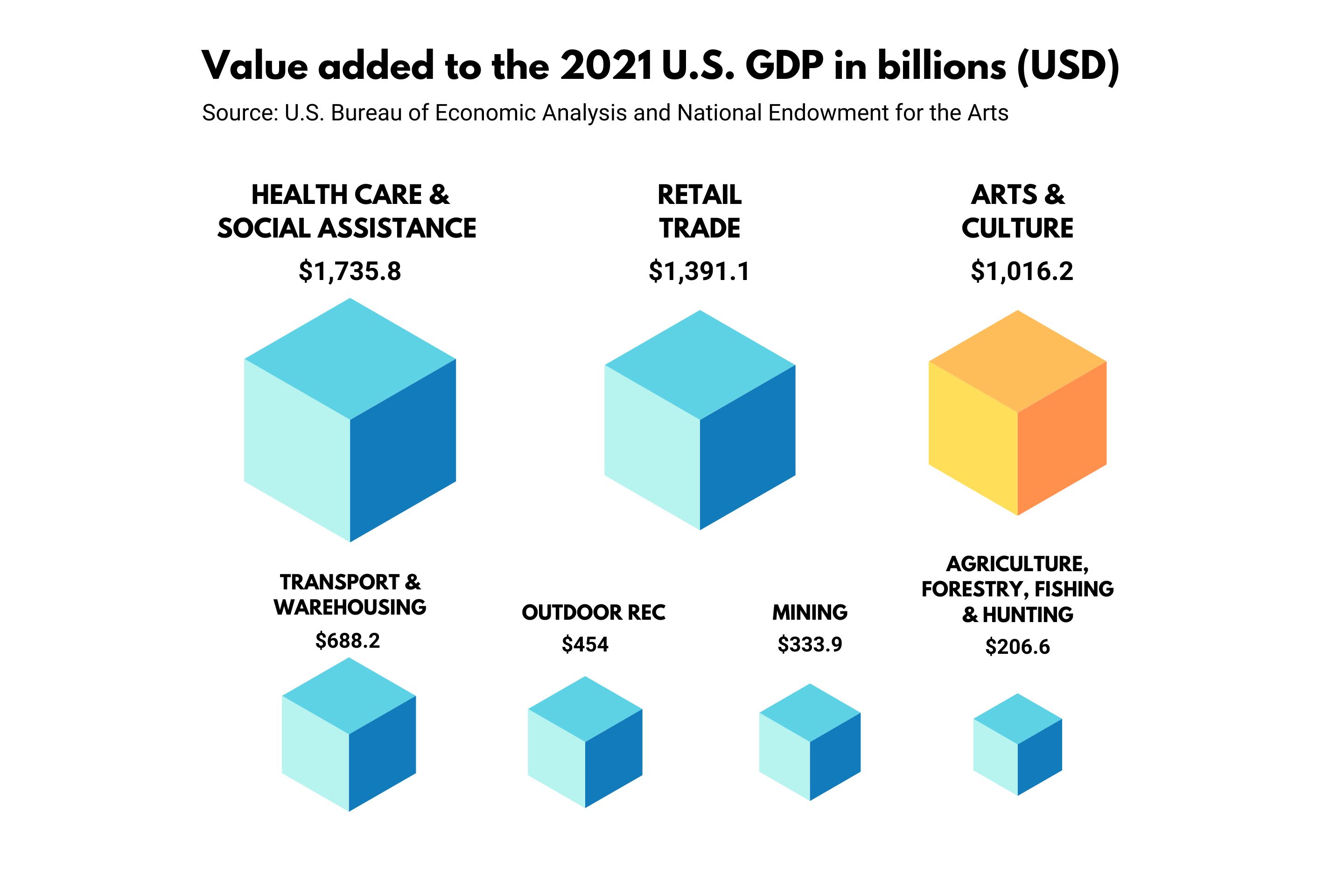
- “Arts & Economic Prosperity 6.” Americans for the Arts, October 16, 2023, https://aep6.americansforthearts.org/resources/media/user/1696872054-AEP6_National_Findings_Full_Report-Proof_final-web.pdf.
- “New Data Show Economic Activity of the U.S. Arts & Cultural Sector in 2021,” National Endowment for the Arts, March 15, 2023, https://www.arts.gov/news/press-releases/2023/new-data-show-economic-activity-us-arts-cultural-sector-2021.
Public Funding Trends
The National Endowment for the Arts (NEA) is the largest public funder in the U.S. for the sector, which includes the arts and arts education. Established in 1965 by Congress, the NEA is an independent federal agency that has been and continues to be a catalyst of public and private support for the arts.1 Starting from a budget of almost $3 million, the NEA was appropriated $207 million in 2023 by the U.S. federal government.2 This represents the highest appropriate the NEA has received in its 57-year history, and more that 70 times larger than their initial appropriation in 1966.
The same data, however, looked at from a different perspective gives us insight into what the appropriation means for the sector. The growth rate of the appropriation, measured in percent change, has decreased significantly and has had little variation in the most recent years, meaning that the appropriation has only increased incrementally.
As an institution, the NEA's share of the federal budget and total government spending has shrunk from 0.03% in 1979 to 0.0037% in 2017.
Despite representing such a small percentage of the NEA's budget, constant proposals to reduce funding, and multiple failed attempts to eliminate the NEA altogether, the NEA has an incredibly sizable impact. 36% of grants given by the NEA are awarded to organizations reaching underserved populations. 65% of grants are awarded to small- and medium-sized organizations. 40% of grants fund programs in high-poverty communities.
If you are looking for how this national agency can have local impact, you can read about read about New York City's case studies from 2017.
- “About,” National Endowment for the Arts, 2023, https://www.arts.gov/about.
- “National Endowment for the Arts Appropriations History,” National Endowment for the Arts, 2023, https://www.arts.gov/about/appropriations-history.

A Growing Industry
Having established the NEA's importance to the arts industry landscape, the agency's appropriation growth trend line is worrisome because the non-profit arts industry is outpacing increases to the NEA's budget.
AFTA's AEP6 study notes that both the non-profit and commercial arts and entertainment sector constitute a $1.09 trillion industry supporting 4.9 million jobs. This industry represents 4.4% of the U.S. economy, which as we saw in the sector comparison, is larger than the construction, transportation, and agriculture sectors.
Keeping in mind that the percent change trend line of the NEA's appropriation, let's look at the growth trends of the arts & culture industry in terms of real value added to the U.S. GDP from 2018 - 2021.
This negative reflects initial effects from the COVID-19 pandemic.
This 14% statistic represents the growth of the Arts & Culture Industry's economic activity in just ONE year. Compare this to the 3% increase to the NEA's funding in the same year, as shown in the percent change graph above.
When does Arts Vibrancy come in?
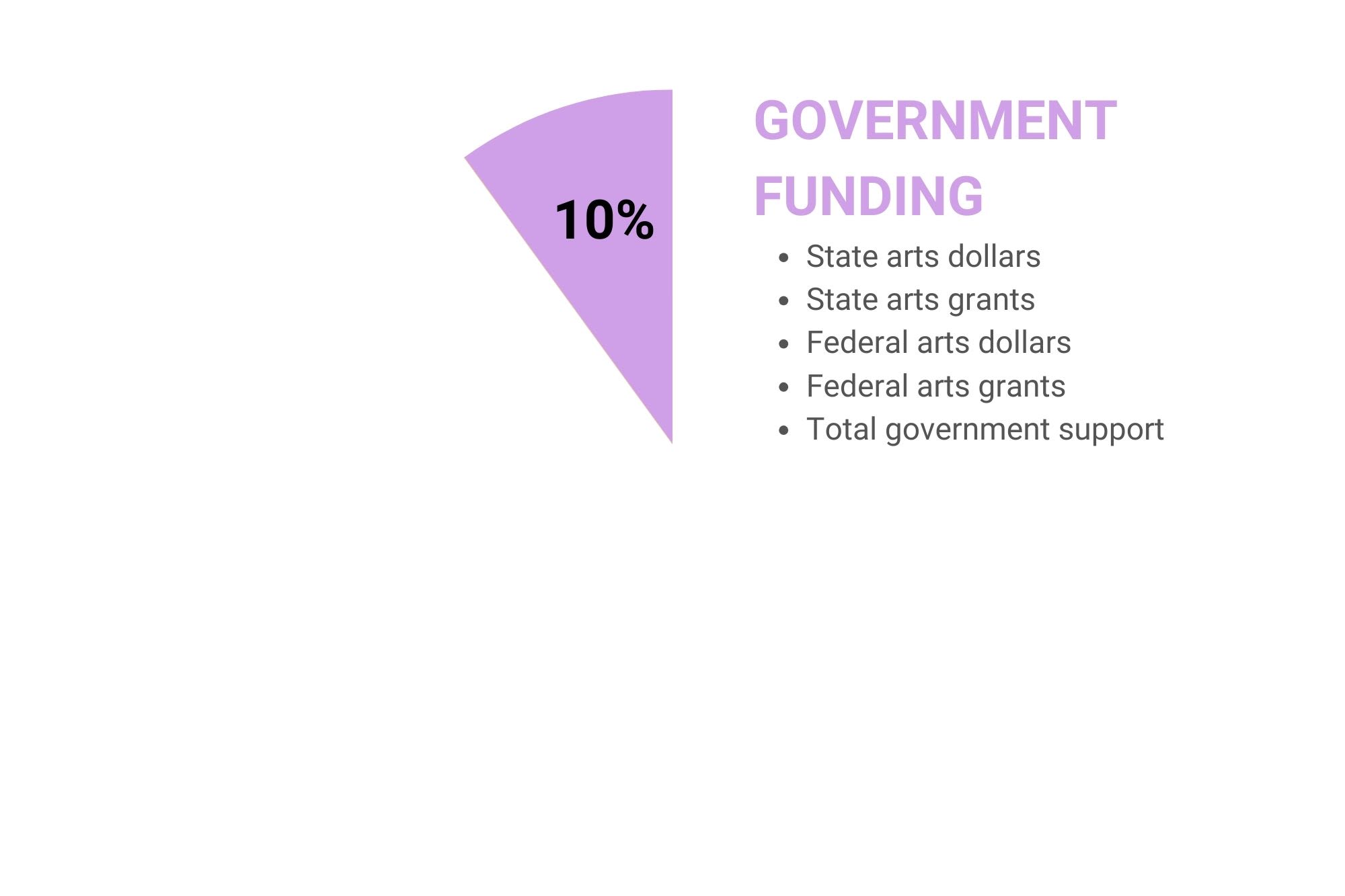
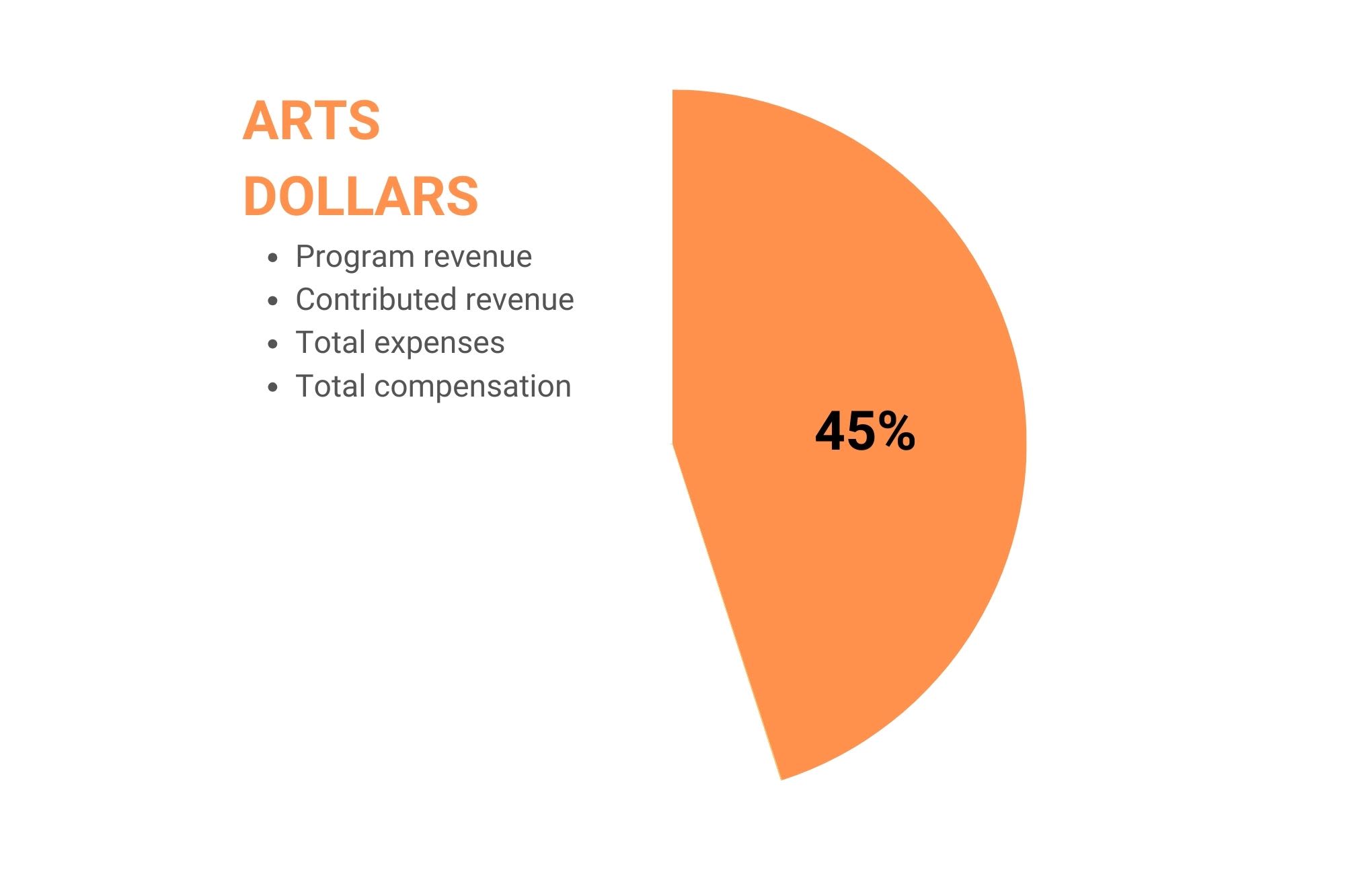

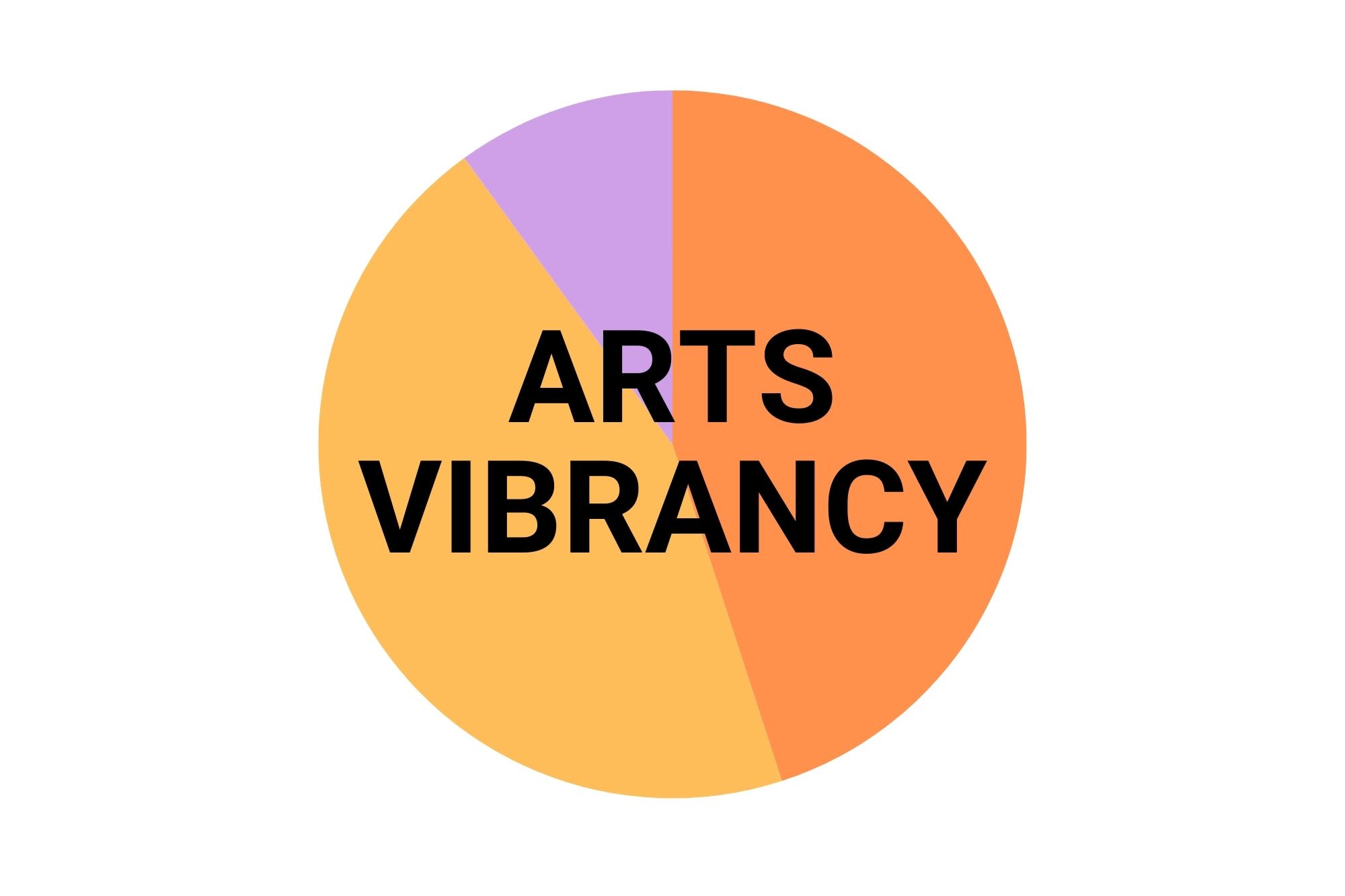
What exactly makes a community "vibrant"?
Mentioned earlier in this report, SMU DataArts' Arts Vibrancy Index is a quantitative measure of arts vibrancy in counties in the U.S. of participating communities.
Government spending, one of three categories, comprises 10% of the Arts Vibrancy Index. This includes the number of state grants awarded in the community and total federal, state, and local funding in the community, among other factors.1

The Arts Dollars category makes up 45% of the Index and includes revenue earned from people participating in arts and culture activities (i.e., ticket revenue), revenue contributed to non-profit arts & culture organizations (think donations), expenses from non-profit arts & culture, and all payments made to staff and artists by these organizations.2

The last category is Arts Providers, which completes the remaining 45% of the Index. This category includes freelance artists engaged in the creation, performance, or exhibition of artistic and cultural work, non-profit arts & cultural institutions (like museums, arts education centers, performing art centers, etc.), arts, culture, & entertainment firms, and the employees of these institutions.3

These three categories make up the full Arts Vibrancy Index. Knowing a community's arts vibrancy ranking can help identify areas of focus and improvement.
Dr. Zannie Voss, Director of SMU DataArts, suggests that vibrancy can be bolstered by “expanding funding for local arts agencies, which spurs arts employment, stimulates more artistic activity, and increases the strength of geographically dispersed arts-vibrant cultural resources throughout communities."
- “Our Methodology,” SMU DataArts, October 26, 2023, https://culturaldata.org/arts-vibrancy-2023/methodology/.
- “Our Methodology,” SMU DataArts, October 26, 2023, https://culturaldata.org/arts-vibrancy-2023/methodology/.
- “Our Methodology,” SMU DataArts, October 26, 2023, https://culturaldata.org/arts-vibrancy-2023/methodology/.
The arts need your help to increase public funding.
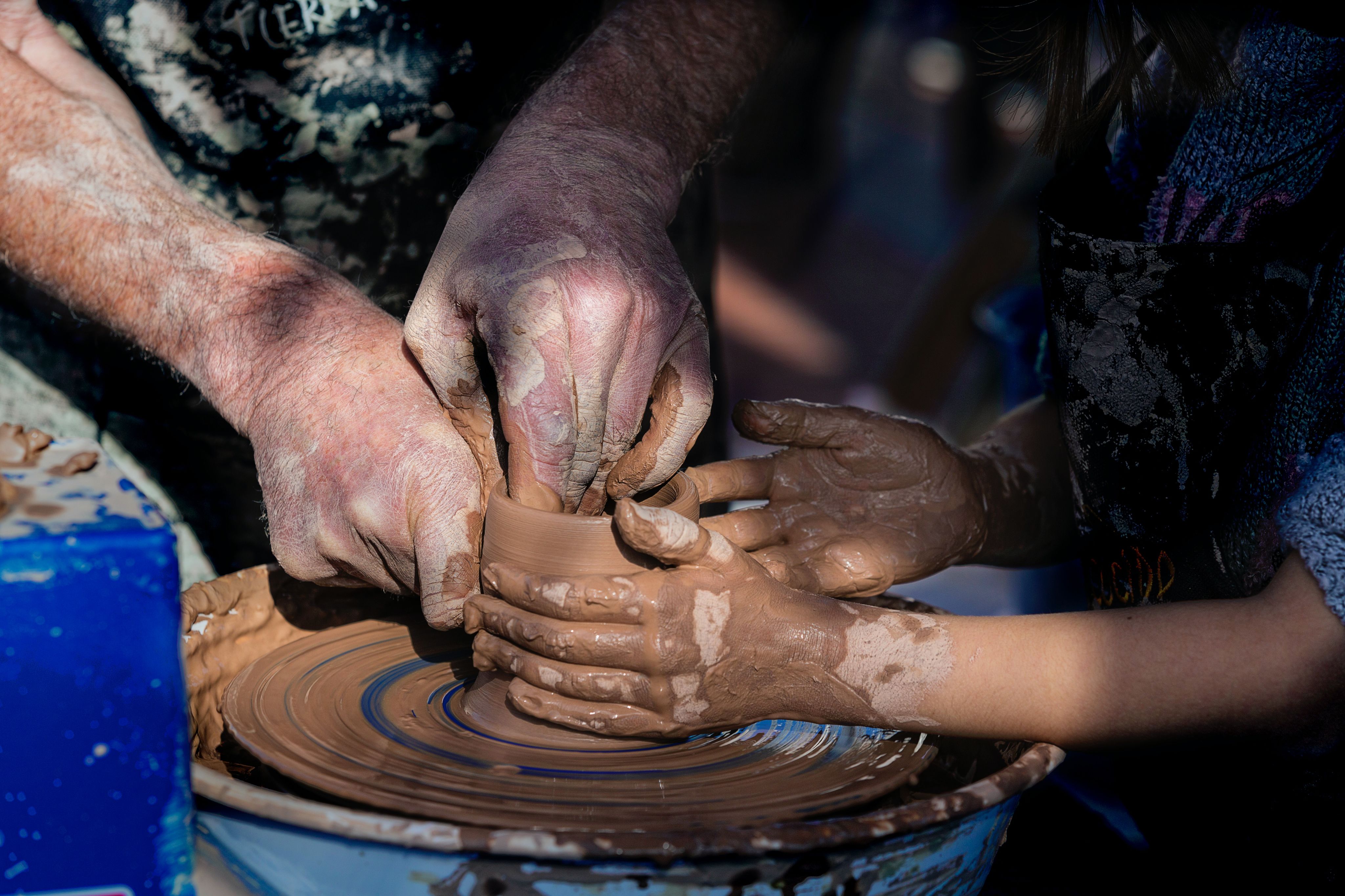
Learn more with three steps you can take today!
Discover:
Intersection of the arts
You can use this tool from Americans for the Arts (AFTA) to learn more about how the arts intersects with your life and other sectors that affect your community.
Find out:
How vibrant is your community?
How does your county compare with the top 40 arts vibrant communities in the U.S.? The interactive map from SMU DataArts gives you a detailed breakdown of your county's rank.
Call:
Talk to the people in charge!
We don't know what we don't know, so help educate your local decision-makers about why the arts matter to you and your community, and how you want your tax dollars to make a difference.
References
- “Arts & Economic Prosperity 6.” Americans for the Arts, October 16, 2023. https://aep6.americansforthearts.org/resources/media/user/1696872054-AEP6_National_Findings_Full_Report-Proof_final-web.pdf.
- Bowley, Graham. “Trump Tried to End Federal Arts Funding. Instead, It Grew.” The New York Times, January 15, 2021, sec. Arts. https://www.nytimes.com/2021/01/15/arts/trump-arts-nea-funding.html.
- Bureau of Economic Analysis. “Arts and Cultural Production Satellite Account, U.S. and States, 2021 | U.S. Bureau of Economic Analysis (BEA),” August 4, 2023. https://www.bea.gov/news/2023/arts-and-cultural-production-satellite-account-us-and-states-2021.
- Cohen, Randy. “10 Reasons to Support the Arts in 2021.” Americans for the Arts, March 15, 2021. https://www.americansforthearts.org/by-program/reports-and-data/legislation-policy/naappd/10-reasons-to-support-the-arts-in-2021.
- Images selected from Unsplash
- McClimon, Timothy J. “The Economic Impact Of Local Arts And Culture Businesses.” Forbes, October 16, 2023. https://www.forbes.com/sites/timothyjmcclimon/2023/10/16/the-economic-impact-of-local-arts-and-culture-businesses/?sh=119bbbf225aa.
- National Assembly of State Arts Agencies. “Creative Economy State Profiles,” 2021. https://nasaa-arts.org/nasaa_research/creative-economy-state-profiles/.
- National Assembly of State Arts Agencies. “Urge House Not to Reduce NEA FY2024 Funding,” April 4, 2023. https://nasaa-arts.org/newsletter/2023-nasaa-notes-issues/april-2023-nasaa-notes/urge-house-not-to-reduce-fy2024-nea-funding/.
- National Endowment for the Arts. “About,” 2023. https://www.arts.gov/about.
- National Endowment for the Arts. “National Endowment for the Arts Appropriations History,” 2023. https://www.arts.gov/about/appropriations-history.
- National Endowment for the Arts. “New Data Show Economic Activity of the U.S. Arts & Cultural Sector in 2021,” March 15, 2023. https://www.arts.gov/news/press-releases/2023/new-data-show-economic-activity-us-arts-cultural-sector-2021.
- Novak-Leonard, Jennifer, and Alan S. Brown. Beyond Attendance: A Multi-modal Understanding of Arts Participation (Washington, DC: National Endowment for the Arts, 2011), 14. https://www.arts.gov/sites/default/files/2008-SPPA-BeyondAttendance.pdf. Retrieved December 6, 2023.
- Office of the New York City Comptroller Brad Lander. “Culture Shock: The Importance of National Arts Funding to New York City’s Cultural Landscape,” March 9, 2017. https://comptroller.nyc.gov/reports/culture-shock-the-importance-of-national-arts-funding-to-new-york-citys-cultural-landscape/.
- Rosewall, Ellen. Arts Management: Uniting Arts and Audiences in the 21st Century, 2nd ed. New York City, NY: Oxford University Press, 2022.
- SMU DataArts. “Our Methodology,” October 26, 2023. https://culturaldata.org/arts-vibrancy-2023/methodology/.
- SMU DataArts. “SMU DataArts Releases 8th Annual List of Most Arts-Vibrant Communities in the U.S.. DataArts,” October 26, 2023. https://culturaldata.org/about/press-releases/smu-dataarts-releases-8th-annual-list-of-most-arts-vibrant-communities-in-the-us/.
- SMU DataArts. “The Top 20 Arts-Vibrant Large Communities, 2020. DataArts,” October 26, 2023. https://culturaldata.org/arts-vibrancy-2020/top-20-large-communities/.
- SMU DataArts. “The Top 40 Most Arts-Vibrant Communities of 2023. DataArts,” October 26, 2023. https://culturaldata.org/arts-vibrancy-2023/the-top-40-list/.
